An Eccentric Life Behind Dalí Mask, Salvador Dalí Believed He Was Reincarnated By His Dead Brother
Hanima Anand |Aug 18, 2020
Behind one of the most influential modern art icons in the history, Salvador Dalí used to shock people with his weird character. Below are some of most interesting facts about this man.
- Human Zoos: The Dark Secret Behind Modern Zoos' Creator
- Chinese Parents Sell Daughter's Corpse As A Ghost Bride For Rs 9 Lakh
- Top 10 Weird Types Of Phobia That You Probably Had But Never Knew
Salvador Dalí is a renowned Spanish artist in surrealist paintings movements of the 20th century. He is considered one of the most influential figures shaping the modern arts. However, his name might not be familiar with non-artistic fans without the series “La Casa del Papel” on Netflix.
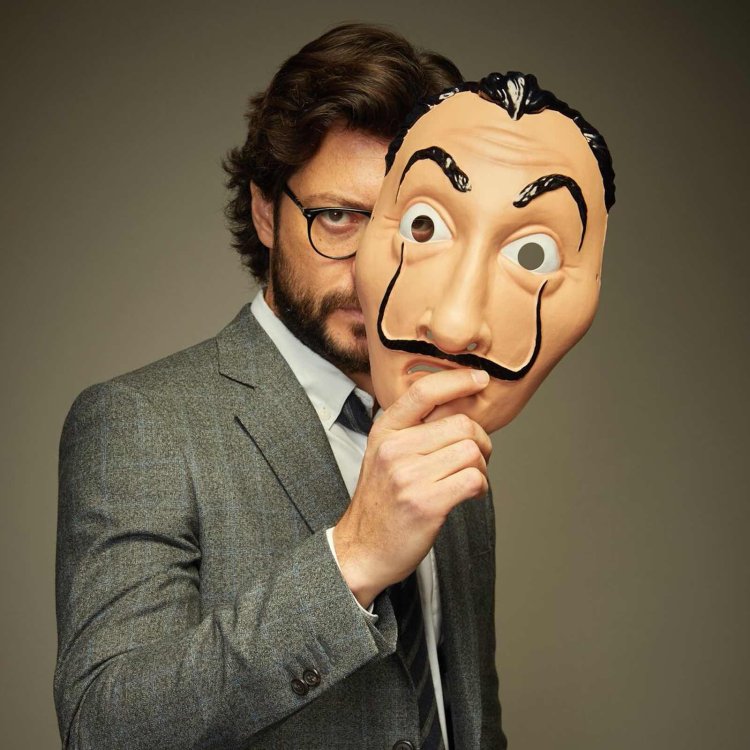
Many people questioned why the Dali mask was used in the movie as a form of revolution but not other artists as Picasso whose life story is no less interesting. In this post below, we will read intriguing facts about this artist and the meaning of the Salvador Dalí mask.
Salvador Dalí’s surreal facts throughout his life
Despite owning a critical mind for arts, Salvador Dalí dedicated his whole life to a bizarre belief which, in our opinion, resulted in his attachment to the family, like many other Spanish people.
Lifetime belief about his dead brother’s reincarnation
Dalí was born 9 months after his older brother died, so his parents once took him to the brother’s grave and told him that he was reincarnated by the dead sibling. The artist was just 5 years old at the time, but he held that belief for his entire life.
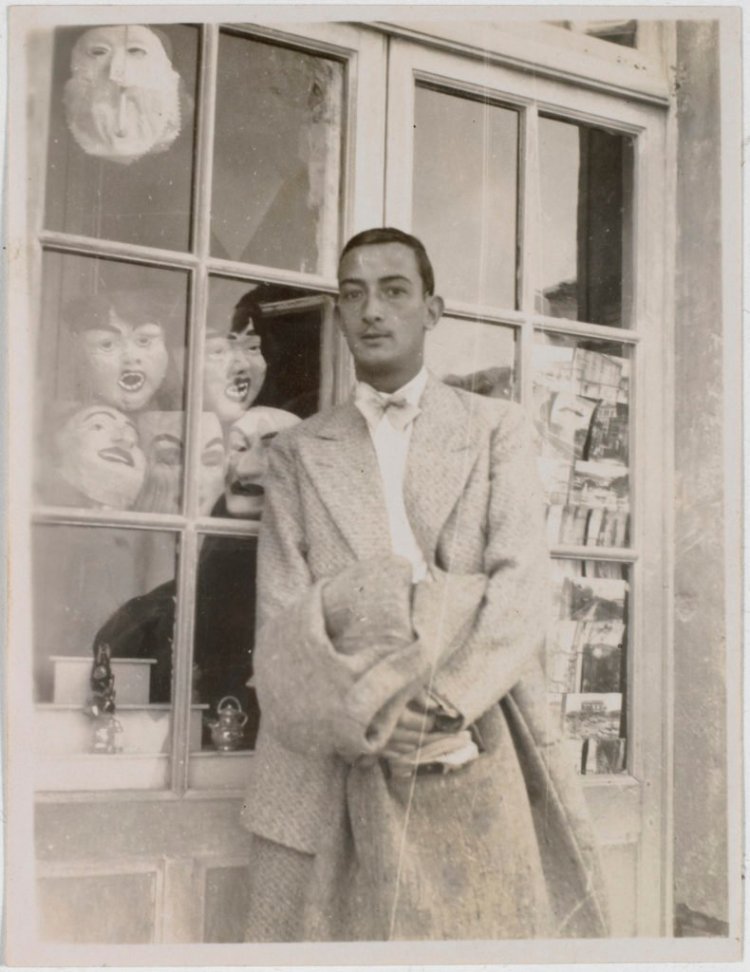
Salvador Dalí often called himself as his gone brother’s second version, admitting that the first version of himself “conceived too much in the absolute.” He even portrayed this deceased relative in his 1963 work named Portrait of My Dead Brother.
An eccentric rebel at school
Revealing his artistic tendency from a very young age, he had his very first oil-on-postcard painting called Landscape of Figueres when he was 6 years old. His young talent was nurtured and developed by his own mother who passed away when he was 16. However, Salvador Dalí didn’t get on well with the art schools after that.
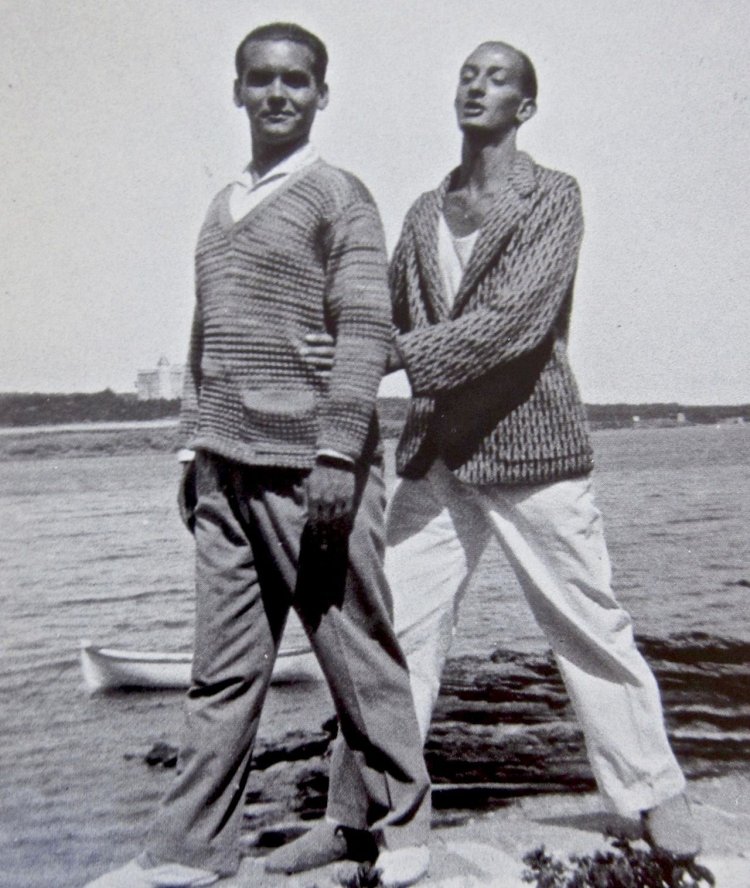
In fact, he had been expelled twice from Fine Arts Academy in Madrid. The first time was for joining a student protest in 1923 while the second took place just before his final exams 3 years later. Salvador never graduated from this school.
During his school years, Salvador Dalí was known for his eccentric dressing style as well as rebellious and weird behaviours. He used to narrate his experience in Fine Arts Academy in the autobiography that he couldn’t stand the oral exams there. He knew he was far more intelligent than professors, so he refused to be tested by them. Despite not succeeding at school, the Spanish artist soon had the chance to travel to Paris and meet his idol, the world-renowned Pablo Picasso.

Self-hallucination for arts
Salvador was so different from normal humans that people thought he was doing drugs. He ditched the rumours and asserted he was drugs. He also introduced a ‘paranoiac-critical’ method that allowed himself to access the subconscious state by staring fixedly at a particular object. The object then transformed into a different form, inspiring the artist to unlock his creativity.
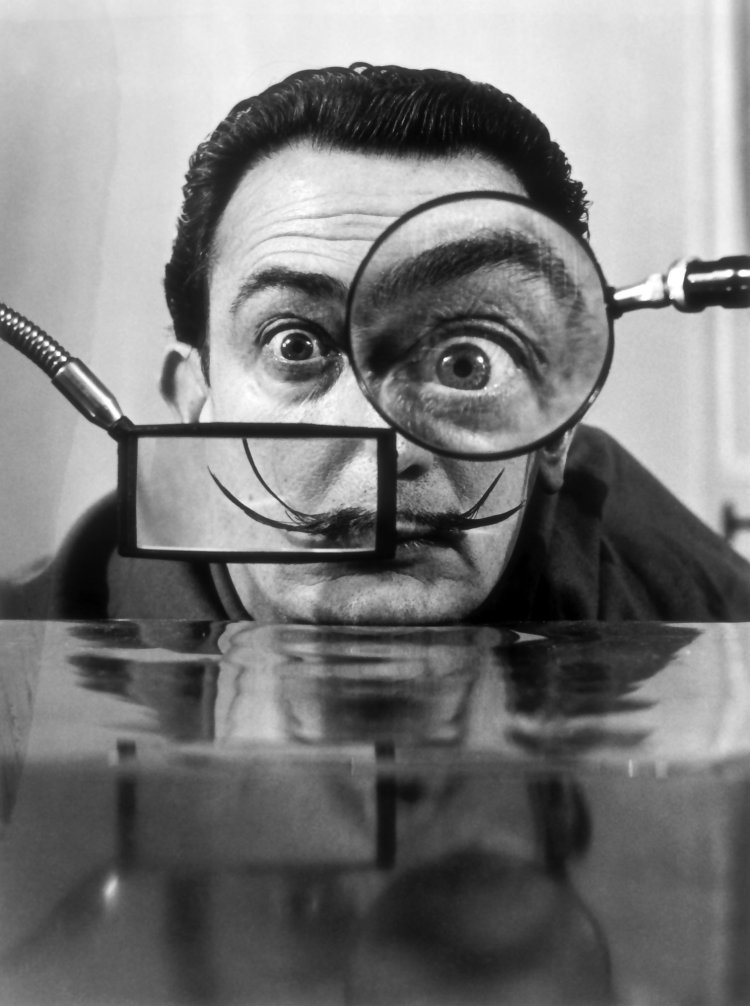
As we mentioned earlier, Salvador Dalí revealed his rebel tendency during school days and continued to express his fascist sympathies in public, which made him unpopular to other Surrealist artists at the time. Salvador often talked about his admiration to Hitler, even sharing that he regularly dreamed of this dictator as men dreamed about women. He also sought inspiration from Hitler for his art work, namely Metamorphosis of Hitler’s Face into a Moonlit Landscape with Accompaniment.
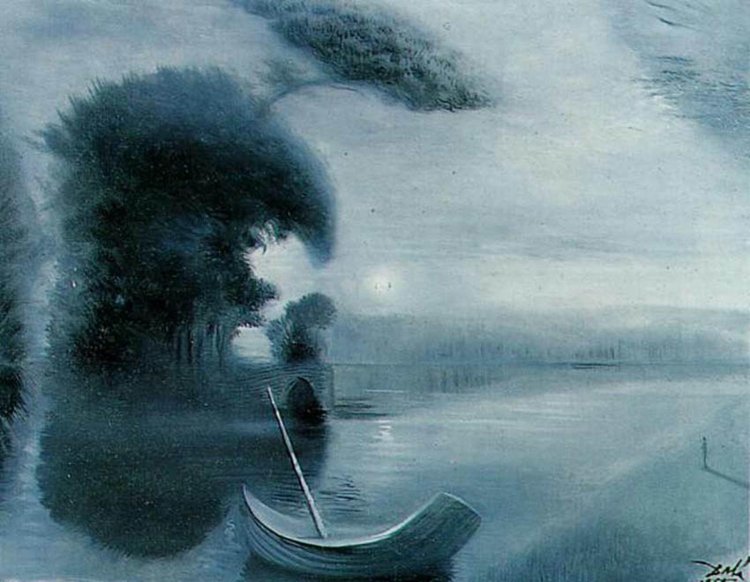
The controversial marriage & a bizarre love
Salvador Dalí marriage was also a topic of controversy in his society. Salvador met his wife, Gala in 1929 when she was already married to the poet Paul Eluard. Gala was 5 years older than him but they quickly got love affair and the Russian woman soon filed a divorce with her husband.
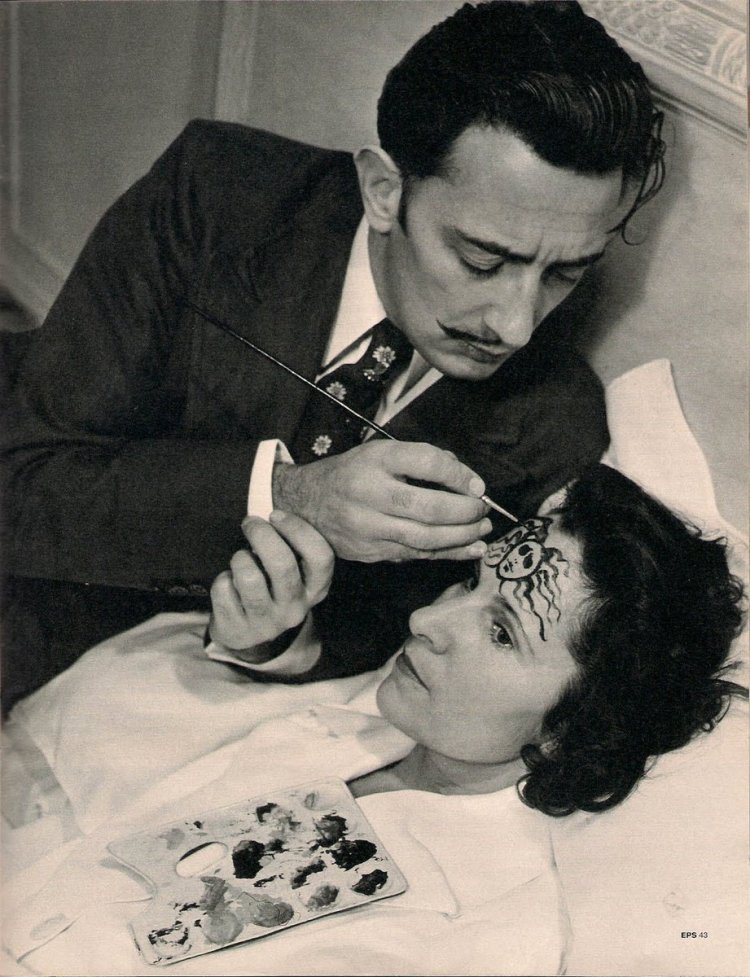
In 1934, despite the family disapproval, Salvador Dalí married Gala, who later became his business manager and endless source of inspiration. Things didn’t stop there, Gala was found involved in extramarital affairs in 1950s but many sources said it’s Dalí who encouraged her to do so. Nearly 2 decades after the scandal, the artist bought his wife a castle and only visit her when he was invited.
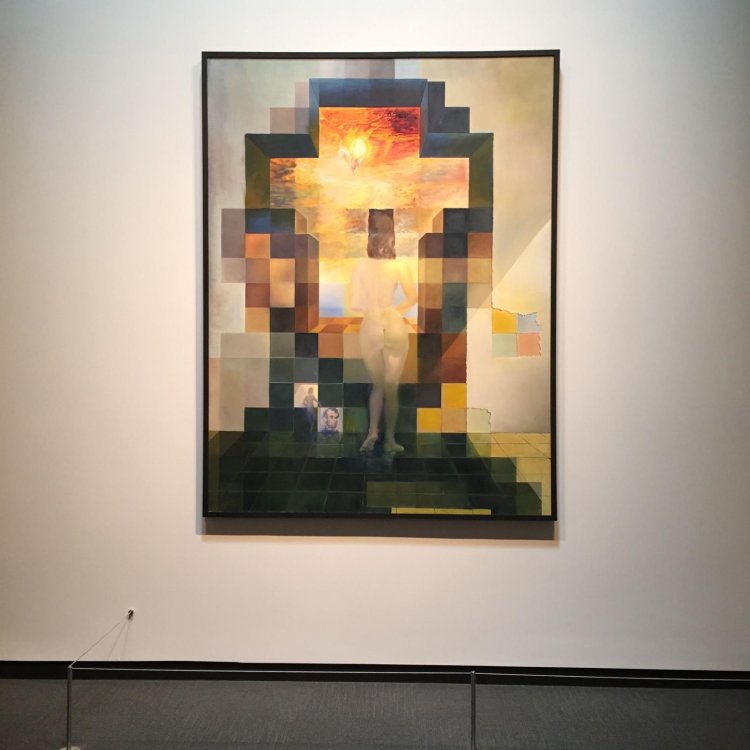
Writing about Gala, Salvador Dalí said he would polish her so she could shine and be happiest ever. He was willing to care for her more than himself because it would all end without Gala.
The infamous trade of Dali’s moustache
During his lifetime, Salvador left many people surprised with his tricks. One time, the Japanese celebrity and wife of John Lennon, Yoko Ono wanted to purchase a strand of hair from his signature mustache for $10,000. Salvador agreed but then sent her a blade of grass without anyone knowing it.
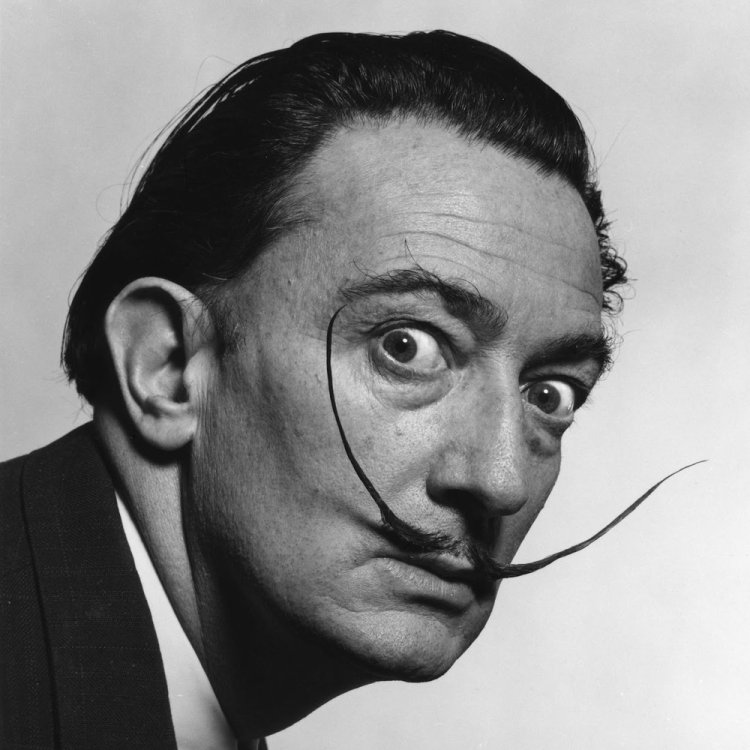
A close friend of Dali said the artist feared Yoko Ono would use his hair to do a spell, so he didn’t want to send something personal to her. He was more than amused when the ‘idiot’ paid thousand dollars for the grass.
The meaning of Dali Mask in Money Heist
Three decades after his death, Salvador Dali name is one more time brought to the spotlight thanks to the popular series Money Heist or La casa de Papel on Netflix. However, the Dali mask exploited in the series caused much controversy about its meaning. And many fans have raised questions why Dali but not other famous artists of the country as Picasso is featured in the movie.
The reason is Salvador Dali is not an artist, but a political figure in this scenario. When he was alive, he used to support the authoritarian regime by Francisco Franco which opposed to the Resistance by the Gang corporation. Salvador often dressed up with his face to remind how Resistance did damage to Spain for more than 3 decades in the past.

Even knowing the mask resembles Dali style in opposing Resistance ideology, opinions are divided into why the kidnapped victims must wear Dali masks. There are some explanations though.
The Professor role in the series used to describe himself with Resistance words and wanted the victims to fight against something much bigger than him. He made them wear Dali mask as his opponents accordingly.
Another interpretation from Raquel in the movie considered the mask representing Dal’s foolishness. The policewoman officer opined that existing inside Dali were both a genius and a fool, which broke all boundaries to help him achieve extreme in his artistic career.
What do you think? From the facts about Salvador Dali life to the meaning behind Dali mask in Money Heist, how do you feel about this artist? Tell us in your comment session!
>>> Related post: The Only Letter By Van Gogh & Gauguin Detailing Visits To Brothels And A Friendship That Cost An Ear
- Tag






Comments
Sort by Newest | Popular